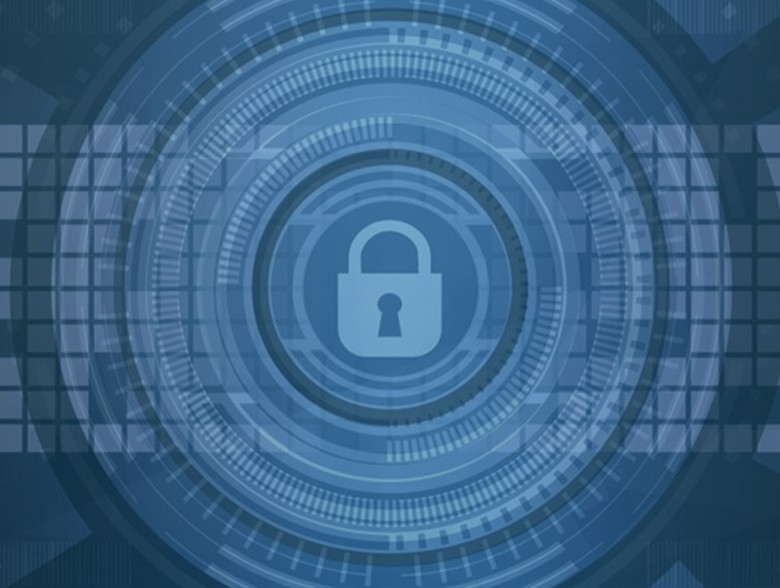By Amar Basic, CyberArrow Co-Founder
Data encryption is essential in today’s technologically advanced world to protect sensitive information from hacker attacks and data leaks. 30,000 websites Hacked every day all over the world. The National Institute of Standards and Technology (NIST) has developed a set of recommendations and rules for cryptography and cryptographic protocols to ensure high security. These are called NIST cryptographic standards and provide companies with a foundation for creating strong security protocols to protect sensitive data.
This document describes the NIST cryptographic standards and some of the cryptographic and cryptographic protocol formats they recommend. We also discuss the importance of these standards for maintaining the privacy, accuracy, and accessibility of sensitive data in the current digital age.
Importance of NIST cryptographic standards
The US Department of Commerce’s National Institute of Standards and Technology (NIST) is a non-regulatory organization that fosters ingenuity and economic competitiveness. One of NIST’s primary responsibilities is to create and maintain standards for cryptographic protocols and algorithms used in information security. Poor security measures, such as insufficient encryption or weak passwords, can make your data vulnerable to hacker attacks and unauthorized access.
NIST encryption standards are essential for keeping sensitive data confidential and intact. Encryption methods and protocols are used during the encryption process to convert plaintext data into ciphertext to prevent unauthorized access. The standardized foundation provided by the NIST standards for cryptography provides compatibility between various systems and devices and contributes to the security of cryptographic technologies.
NIST cryptographic standard
Encryption algorithms are placed on every piece of equipment and applied to every link in the age of digital connectivity to protect data during transmission and storage. NIST has played a unique and pioneering role in creating critical cryptographic standards to meet today’s world’s security standards. Here are the four most important NIST cryptographic standards.
Data Encryption Standard (DES)
The National Bureau of Standards (NBS), now known as the National Institute of Standards and Technology (NIST), launched the Data Encryption Standard (DES), a symmetric key encryption method, as a standard in 1973. -bit secret key, block cipher DES encrypts data in 64-bit blocks. The algorithm works in multiple rounds, each round using a different subkey generated from the original secret key.
DES uses symmetric key technology to encrypt and decrypt data. The invention of this groundbreaking cryptographic standard was instrumental in advancing modern cryptography. However, due to short key lengths and other flaws, it has been superseded by newer, more secure cryptographic techniques.
Advanced Encryption Standard (AES)
The National Institute of Standards and Technology (NIST) created a popular encryption algorithm, Advanced Encryption Standard (AES), in 1997 to replace the outdated Data Encryption Standard (DES). AES uses the same key to encrypt data, making it a symmetric key encryption technique.
The block cipher algorithm AES supports three key lengths of 128-bit, 192-bit and 256-bit, operates on 128-bit blocks, and the algorithm consists of rounds performing substitution and permutation operations on plaintext input. Data is encrypted in each game using a set of round keys generated using a secret key.
It provides strong encryption that protects against attacks such as brute force attacks. The US government has certified AES for use with confidential material.
public key encryption
Asymmetric cryptography, commonly referred to as public key cryptography, was invented in 1976 and uses two public and private keys to encrypt data. Public keys are distributed, but private keys are kept private, and because of their mathematical connection, data encryption with one key can only be decrypted with a second key.
Public key cryptography is often used for secure communications, digital signatures, and online authentication. One of the key benefits is the ability of public key cryptography to provide secure communications without requiring a shared secret key. Instead, every participant has a unique set of keys that can be used to encrypt and decrypt data.
Post-Quantum Cryptography (PQC)
Post-Quantum Cryptography (PQC) is built to withstand attacks from quantum computers, and quantum bits, also known as qubits, are used in quantum computers. Many cryptographic techniques are open to attack as they can run some calculations much faster than traditional computers.
PQC is still an emerging field, but it is growing in importance as quantum computing technologies advance. Even if an attacker has access to many qubits, the PQC algorithm is made impervious to attacks by quantum computers.
conclusion
NIST encryption standards are essential to ensuring the safety of sensitive data in a variety of applications. It provides a collection of recommendations and standards for encryption and encryption methods to help businesses protect their data from unwanted access and possible cyber attacks.
Given the ever-changing nature of cybersecurity threats, following the standards and recommendations set forth by NIST is critical to maintaining strong security measures. By following these guidelines, organizations can significantly reduce the risk of data breaches and ensure the security, integrity, and availability of sensitive data.
FAQ
- What is NIST Special Publication (SP) 800-131A Revision 2?
Special Publication (SP) 800-131A of NIST Version 2 is a set of recommendations for using cryptography in applications that must comply with FIPS 140-2 of the Federal Information Processing Standard. This document lists accepted cryptographic algorithms and protocols suitable for use by government agencies and other businesses that must comply with FIPS 140-2.
- Why are there so many different types of encryption?
There are numerous encryption standards because there is no one-size-fits-all encryption solution because different applications and systems have different security requirements. However, as technology advances, new risks and weaknesses are discovered, necessitating the development of new cryptographic standards to address these issues.
- What are the most widely used encryption standards?
Advanced Encryption Standard (AES) is the most popular and widely used encryption standard. It is a type of symmetric key encryption that encrypts and decrypts data using a block cipher algorithm.
About the author
 Amar Basic is a dynamic and accomplished cybersecurity entrepreneur. He was selected to represent the UAE in the ISO SC 27 working group responsible for drafting and publishing many information security standards such as ISO 27001. As co-founder of CyberArrow, Amar has been instrumental in helping global organizations automate compliance and cybersecurity awareness. .
Amar Basic is a dynamic and accomplished cybersecurity entrepreneur. He was selected to represent the UAE in the ISO SC 27 working group responsible for drafting and publishing many information security standards such as ISO 27001. As co-founder of CyberArrow, Amar has been instrumental in helping global organizations automate compliance and cybersecurity awareness. .
Amar’s in-depth understanding of cybersecurity risks and mitigation techniques has earned him a reputation as a sought-after speaker and thought leader in the cybersecurity community.
Aside from his entrepreneurial pursuits, Amar is a strong advocate for cybersecurity awareness and education. He believes that building a more secure digital world starts with educating people about cyber threats and best practices for protecting sensitive data.
Amar Basic can be contacted online on LinkedIn. https://www.linkedin.com/in/cyberamar/ And on CyberArrow’s website = https://www.cyberarrow.io/
